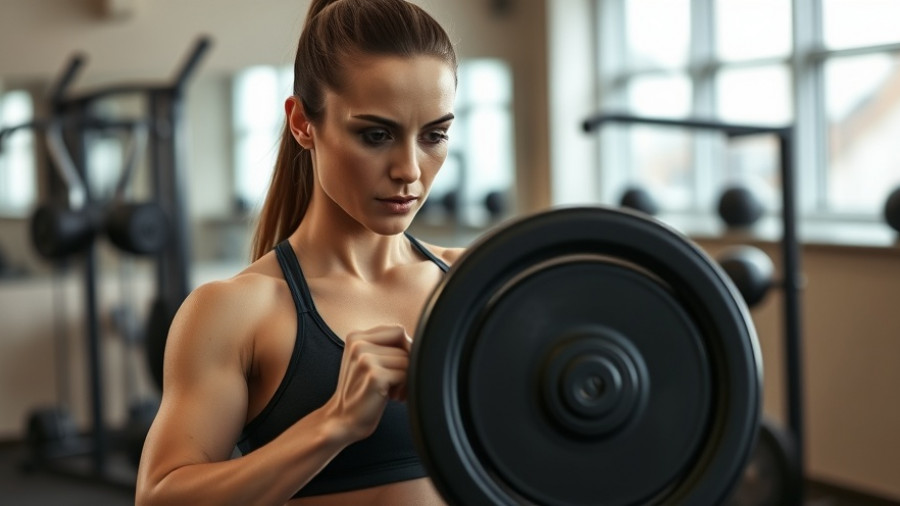
A Growing Concern: SIDS and Its Connection to Vaccination
As awareness of Sudden Infant Death Syndrome (SIDS) resurfaces, recent data analyses have reignited discussions about the potential link between vaccinations and infant mortality. Notably, the National Institutes of Health (NIH) has ended its 30-year Safe to Sleep program, which had advocated for safe sleeping practices to mitigate SIDS risks. Critics argue that the program's perceived success may have masked the true rates of infant death by merely reclassifying cases rather than showing genuine declines.
Insights from Recent Investigations
Researcher Neil Z. Miller has raised alarm through his analysis of the Vaccine Adverse Event Reporting System (VAERS) data, indicating that approximately 80% of SIDS cases occur within a week after infants receive vaccinations. This statistic has sparked numerous discussions within health and parenting communities, leading many to question the safety of certain vaccination protocols for infants.
Addressing Fears and Misinformation
While the correlation between vaccinations and SIDS can seem concerning, it is crucial to approach this data with caution. Experts emphasize that correlation does not imply causation and that factors such as underlying congenital conditions and environmental elements play significant roles in SIDS. The situational context informs better understanding and prevention strategies.
Empowering Parents with Knowledge
For middle-class and affluent parents, educating oneself about the nuances of infant health is essential. As discussions amplify around vaccine safety, engaging in open dialogues with healthcare providers and seeking balanced information from credible sources can empower parents. Understanding the facts behind SIDS and vaccination ensures informed decisions that prioritize children's health.
Considerations Moving Forward
As the conversation about SIDS continues to evolve, keeping abreast of forthcoming studies and recommendations will be critical for caregivers. It is an opportunity for parents to advocate for their children’s communicable health needs while remaining informed about possible risks. Making health decisions based on comprehensive research and in consultation with healthcare professionals is vital for fostering a healthier generation.
 Add Row
Add Row  Add
Add 




Write A Comment